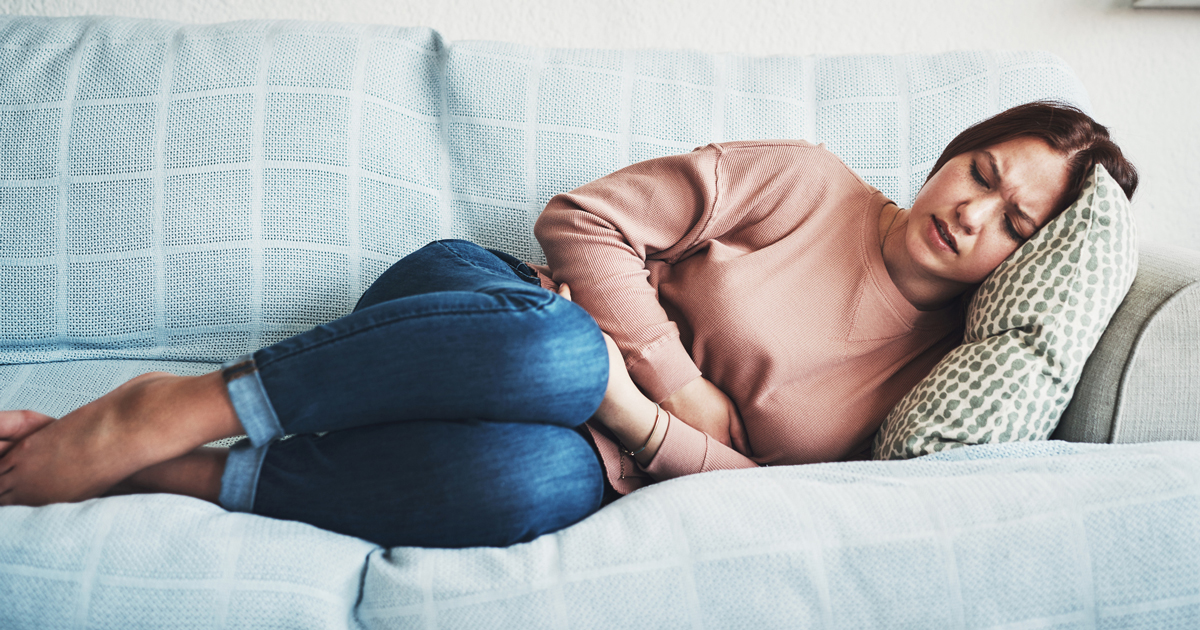You asked, we answered: I get really bad menstrual cramps, what can I do?

Question:
I get really bad menstrual cramps several days before, during and after my period. Is that normal? What causes this? What can I do to help reduce cramping?
Answered by OB-GYN Karen Carlson, MD:
Pain associated with menstruation occurs in more than half of women. It usually lasts for one or two days per month, but can last longer. Some women have mild pain, but others have more severe pain. Pain with periods can be normal and is a sign that the woman is ovulating. On a chemical level, pain is caused by natural substances, called prostaglandins, that are made inside the uterus. These prostaglandins cause the muscles and blood vessels of the uterus to contract, which may cause pain. However, some other causes of pain with periods include endometriosis, fibroids, adenomyosis and other medical conditions. Let’s take a deeper look into these conditions.
Endometriosis happens when tissue like the lining of the uterus grows in other areas of the body, usually on the pelvic tissue, like ovaries, tubes and in and around the GYN organs. Scar tissue may form in these areas and this causes pain.
Adenomyosis is when the lining of the uterus grows into the muscle wall of the uterus. This is more common in older women and is difficult to diagnose with imaging, like an ultrasound.
Fibroid tumors are usually benign growths of muscle cells that may form in the uterus. They can cause pain, especially if they get large in size. Other medical conditions, like Crohn’s disease and urinary disorders can flare up during menstruation and also cause pain.
To treat pain with periods, we often use medications. Certain pain relievers, like Ibuprofen (NSAIDs), can make menstrual cramps less severe. These medications can be bought over the counter. They work best when taken at the first sign of bleeding or pain and can be taken up to three days or more to help control the pain with periods. Birth control pills, patches or the vaginal ring can also be used to help prevent painful periods. Progesterone pills, the arm implant, and even hormonal IUDs are other choices that can be helpful in preventing the pain that comes with periods.
Some more natural methods of treating pain with periods include acupuncture, acupressure, and nerve stimulation therapies. Physical therapy directed at trigger points or biofeedback may also help. Regular aerobic exercise, applying heat by taking a warm bath or using a heating pad or hot water bottle may also be soothing. Getting enough sleep and meditating or practicing yoga can also help cope with pain.
Surgery may be an option if other treatments do not help manage the pain. Surgery with laparoscopy can be helpful in diagnosing endometriosis as well as treating it. The last resort for treatment of menstrual pain is hysterectomy.






